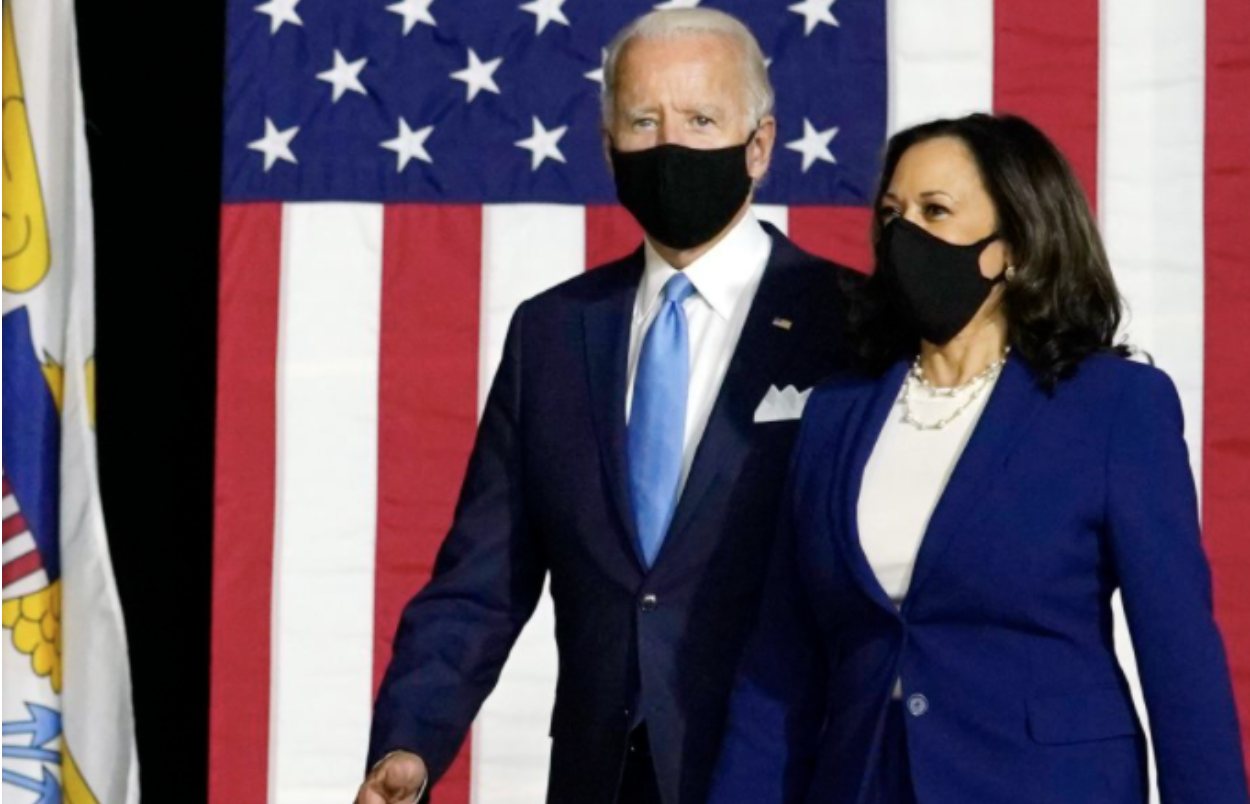
JENNIFER JACKSON – NOVEMBER 11TH, 2020
EDITOR: KAT XIE
On the crowded stage of the February Democratic Primary debates, candidates rolled out their housing agendas for their potential term as president. With plans that promised to mitigate unaffordable housing and serve low income communities, housing policy was back on the national agenda meaningfully for the first time in several generations. At the time, former Vice President Biden did not have a finalized housing plan, instead opting to roll out his housing policy agenda quickly before the South Carolina primaries in February, only to have the breaking of the news swiftly overtaken by the COVID-19 pandemic.
Despite the plan’s initial lackluster attention, the Biden-Harris housing policy agenda could slash poverty rates in half, lifting 20.2 million people out of poverty. The plan consists of three components: first making Section 8 Housing Vouchers (which substitute as rental payments for low income residents) universal, followed by passing the congressional Democrats’ bill to allow a $3,000 annual allowance per child, and finally enacting Harris’ LIFT Act which offers new tax credits for low income households. All in all, if successful, the plan would cut United States poverty rates from 12.7% to just 6.5%. Researchers from Columbia’s Center on Poverty and Social Policy argue that the reduction in child poverty would be even larger. If the Biden-Harris plan had been adopted in 2018 (the “base” or normalized year within the study), child poverty rates would have fallen from 13.7% to a mere 3.6%.
Within the turmoil of the current election cycle, one must beg the question of whether or not the Biden-Harris plan is technically sound or even politically feasible. To address these concerns, scholars at Columbia’s Center on Poverty and Social Policy have modeled the plan and commended the agenda for cutting child poverty rates and narrowing racial opportunity gaps while allowing for larger coastal cities to maintain affordable rates during the pandemic. Moreover, the plan has not stoked intra-party debate, doubling down on decades of failed government policy.
The logistics of the plan begins with taking America’s most extensive rental assistance program, Section 8 Housing Vouchers, and democratizing the program to include 11 million more people that have been left out of the funding structure. According to the US Department of Housing and Urban Development, the Section 8 housing vouchers are “provided on behalf of the family or individual” and “participants are able to find their own housing, including single-family homes, townhouses, and apartments.” Essentially, the program serves the “lowest income” American families by allowing eligible participants to receive vouchers that may substitute as rent payment and landlords may then redeem for money. Universal housing vouchers have maintained significant appeal within the federal government as a means to provide affordable housing without having to spend vast sums of money building new housing.
As the program stands, millions of people who are eligible for the program do not receive the financial help they need: the Section 8 program is capped in the amount of money available to citizens, as the year to year congressional budgets change according to the whims of Congress. The next step in the Biden-Harris agenda is passing the American Family Act of 2019 which dramatically expands the child tax credit program from $2000 per child annually to $3000, or $3600 for children under the age of six. The program also proposes generous benefits for middle and upper-middle class families by offering increased eligibility into the program. Eligibility into the program gradually phases out starting from $130,000 per year in income for single parent families, up to $180,000 for married couples.
In economics, one of the fundamental nuances of allowing governmental housing assistance is the chance that a program will lead to landlord discrimination. As landlords seek to maximize profit, they may discriminate against families of color or subject them to long waiting lists. Currently one of the arguments against housing vouchers is that funding cuts somewhat mitigate landlord discrimination. If one family is not eligible to use a voucher, it frees up money for someone else. But underfunding the program in order to mitigate landlord discrimination is addressing one problem that is nested within a much larger problem. The Biden-Harris agenda democratizes the housing voucher program to include 11 million eligible low-income families, but it also tackles the other side of the housing crisis: those who are not low income, but still struggle to find affordable housing.
As the United States has been blown away by the economic crisis caused by the COVID-19 pandemic, our country has had to reconcile with the issue of rising poverty and how best to fight it. Earlier this year on March 25th, Congress passed the CARES Act, which consisted of almost $500 billion in direct income transfers for families. In the absence of the plan, researchers at the Columbia Center on Poverty and Social Policy have estimated that poverty rates would have skyrocketed to 16.3% instead of rising from 12.5% to only 12.7% during the crisis. With these estimates in mind, it is hard to think that 2020 is the year for economists and policymakers to practice austerity. Rather, our country needs a technically feasible solution that advocates for not only the poorest Americans, but those who have been left out of the programs that they qualify for. Moreover, numerous randomized controlled studies have demonstrated the democratization of housing vouchers is one of the most effective ways to combat poverty and homelessness. Perhaps the larger point is that the Democratic party has the tools and policies to truly create a mass reduction in poverty. Building on Section 8, increasing child tax credits, or implementing the LIFT Act are all methods to accomplish cutting mass poverty rates by half. The only question that remains for the Biden-Harris housing agenda is whether the pandemic —and the associated economic collapse—have created a strong enough case for the American people to advocate for it.
Featured Image Source: CNN
Disclaimer: The views published in this journal are those of the individual authors or speakers and do not necessarily reflect the position or policy of Berkeley Economic Review staff, the Undergraduate Economics Association, the UC Berkeley Economics Department and faculty, or the University of California, Berkeley in general.



